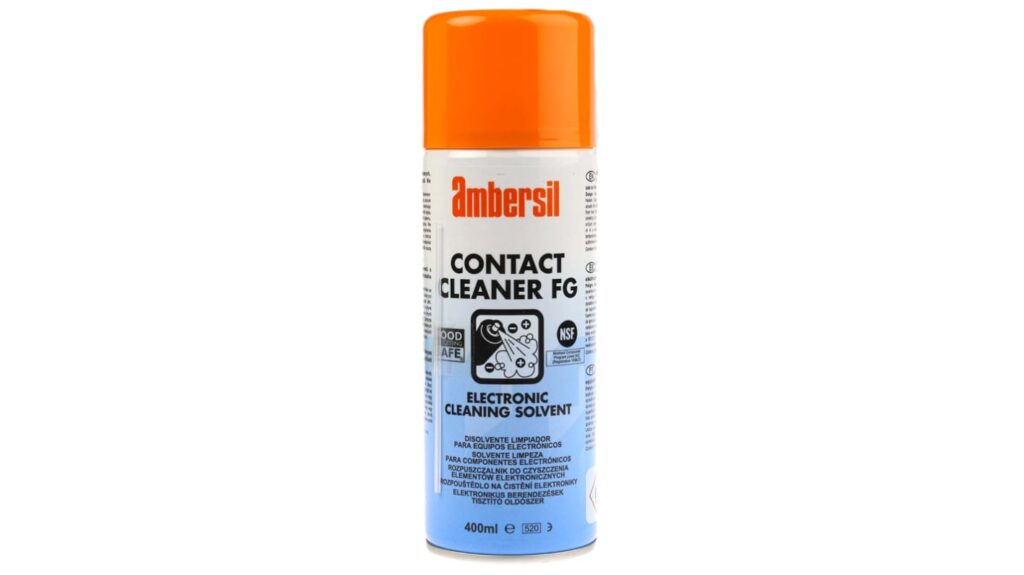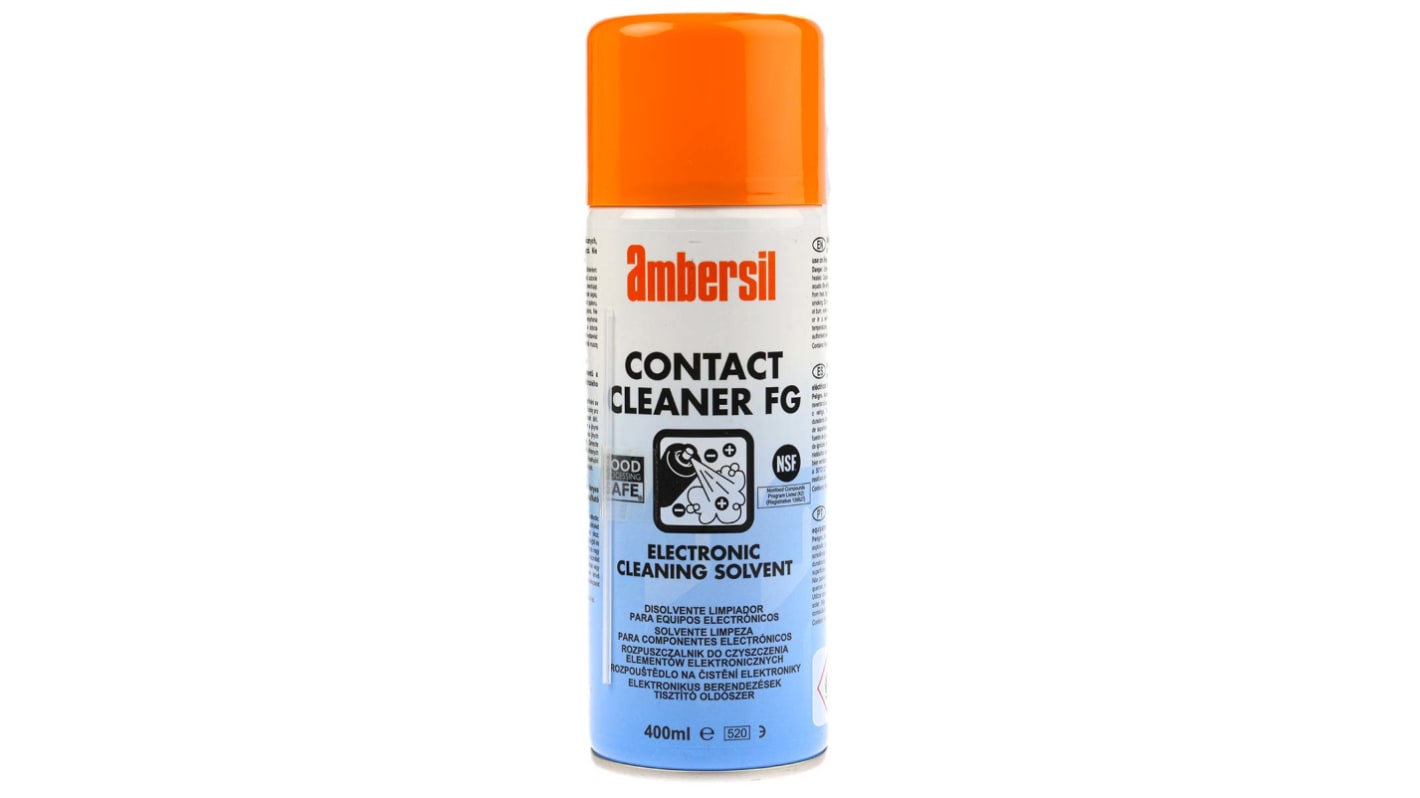
The Ultimate Guide to Contact Cleaner: Uses, Types, and Safety
In today’s world of intricate electronics, maintaining optimal performance is crucial. One essential tool for achieving this is contact cleaner. This comprehensive guide will delve into the world of contact cleaners, exploring their uses, different types available, safety considerations, and best practices for application. Whether you’re a seasoned technician or a DIY enthusiast, understanding contact cleaner is vital for ensuring the longevity and efficiency of your electronic devices.
What is Contact Cleaner?
Contact cleaner, also known as electronic contact cleaner or switch cleaner, is a solvent designed to remove dirt, dust, oxides, and other contaminants from electrical contacts. These contaminants can impede the flow of electricity, leading to malfunctions, intermittent connections, and even complete failure of electronic devices. By effectively dissolving and removing these substances, contact cleaner restores conductivity and ensures reliable performance.
Why Use Contact Cleaner?
The benefits of using contact cleaner are numerous and far-reaching. Regular use can prevent a host of problems and prolong the life of your electronics. Here are some key reasons to incorporate contact cleaner into your maintenance routine:
- Improved Conductivity: By removing insulating layers of dirt and oxidation, contact cleaner ensures a clear path for electrical current.
- Reduced Signal Loss: Clean contacts minimize signal degradation, resulting in clearer audio and video signals.
- Prevention of Corrosion: Some contact cleaners contain corrosion inhibitors that protect metal surfaces from future oxidation.
- Extended Component Life: Regular cleaning prevents the build-up of contaminants that can cause premature wear and failure.
- Troubleshooting: Contact cleaner can be an invaluable tool for diagnosing and resolving connectivity issues.
Types of Contact Cleaners
Not all contact cleaners are created equal. Different formulations cater to specific applications and materials. Understanding the different types is essential for choosing the right product for your needs.
Non-Residue Contact Cleaners
These cleaners evaporate quickly and leave no residue behind. They are ideal for sensitive electronics where any residual film could interfere with performance. Non-residue contact cleaners are commonly used on circuit boards, connectors, and switches.
Plastic-Safe Contact Cleaners
Some solvents can damage or dissolve certain types of plastics. Plastic-safe contact cleaners are formulated to be compatible with a wide range of plastics, making them suitable for use on components with plastic housings or connectors. Always check the product label to ensure compatibility with the materials you are cleaning.
Lubricating Contact Cleaners
These cleaners contain a lubricant that helps to reduce friction and wear on moving parts. They are particularly useful for cleaning and maintaining switches, potentiometers, and other components with mechanical contacts. The lubricant helps to ensure smooth operation and prolongs the life of the component.
Heavy-Duty Contact Cleaners
For heavily soiled or corroded contacts, a heavy-duty contact cleaner may be necessary. These cleaners typically contain stronger solvents that can effectively remove stubborn contaminants. However, they should be used with caution, as they may be more aggressive towards certain materials. Always test on a small, inconspicuous area first.
Applications of Contact Cleaner
Contact cleaner has a wide range of applications in various industries and settings. Here are some common examples:
- Electronics Repair: Cleaning circuit boards, connectors, and switches in computers, smartphones, and other electronic devices.
- Automotive Maintenance: Cleaning electrical connections in vehicles, such as battery terminals, spark plugs, and sensors.
- Industrial Equipment: Maintaining electrical contacts in machinery, control panels, and other industrial equipment.
- Audio/Visual Equipment: Cleaning connectors and switches on amplifiers, mixers, and other audio/visual equipment to improve signal quality.
- Household Appliances: Cleaning electrical contacts in appliances such as washing machines, dryers, and refrigerators.
How to Use Contact Cleaner Safely and Effectively
Using contact cleaner properly is essential for achieving optimal results and ensuring safety. Here are some guidelines to follow:
- Read the Label: Always read the product label carefully before use. Pay attention to safety precautions, application instructions, and compatibility information.
- Disconnect Power: Before cleaning any electrical device, disconnect it from the power source. This will prevent electric shock and damage to the equipment.
- Ventilation: Work in a well-ventilated area to avoid inhaling fumes. Some contact cleaners contain volatile organic compounds (VOCs) that can be harmful if inhaled.
- Eye Protection: Wear safety glasses or goggles to protect your eyes from splashes.
- Test on a Small Area: Before applying contact cleaner to the entire component, test it on a small, inconspicuous area to ensure compatibility.
- Apply Sparingly: Use only enough contact cleaner to saturate the area being cleaned. Avoid over-spraying or soaking the component.
- Allow to Dry: Allow the contact cleaner to evaporate completely before reconnecting power. This will prevent short circuits and other problems.
- Dispose Properly: Dispose of used contact cleaner and containers according to local regulations.
Safety Precautions When Using Contact Cleaner
While contact cleaner is a valuable tool, it’s important to be aware of the potential hazards and take appropriate safety precautions. Here are some key safety considerations:
- Flammability: Many contact cleaners are flammable. Keep them away from open flames, sparks, and other sources of ignition.
- Inhalation: Avoid inhaling fumes. Use in a well-ventilated area or wear a respirator.
- Skin Contact: Avoid prolonged skin contact. Wear gloves if necessary.
- Eye Contact: Avoid eye contact. Wear safety glasses or goggles. If contact cleaner gets in your eyes, flush them with water for 15 minutes and seek medical attention.
- Ingestion: Do not ingest contact cleaner. If swallowed, do not induce vomiting and seek medical attention immediately.
- Storage: Store contact cleaner in a cool, dry place away from heat, sparks, and open flames. Keep out of reach of children.
Choosing the Right Contact Cleaner
Selecting the appropriate contact cleaner depends on the specific application and the materials being cleaned. Consider the following factors when making your selection:
- Material Compatibility: Ensure that the contact cleaner is compatible with the materials you are cleaning, especially plastics and sensitive electronics.
- Residue: Choose a non-residue cleaner for sensitive electronics where any residual film could interfere with performance.
- Flammability: Opt for a non-flammable contact cleaner if safety is a primary concern.
- Cleaning Power: Select a heavy-duty cleaner for heavily soiled or corroded contacts.
- Lubrication: Choose a lubricating contact cleaner for switches, potentiometers, and other components with mechanical contacts.
- Environmental Impact: Consider the environmental impact of the contact cleaner. Some products are more environmentally friendly than others.
Alternatives to Contact Cleaner
While contact cleaner is often the best solution for cleaning electrical contacts, there are some alternatives that can be used in certain situations. These include:
- Isopropyl Alcohol: Isopropyl alcohol (IPA) is a common solvent that can be used to clean some electrical contacts. However, it is not as effective as contact cleaner at removing stubborn contaminants and may leave a residue.
- Compressed Air: Compressed air can be used to remove loose dust and debris from electrical contacts. However, it will not remove oils, grease, or oxidation.
- Mechanical Cleaning: In some cases, mechanical cleaning methods, such as using a brush or cloth, can be used to remove contaminants from electrical contacts. However, this method can be abrasive and may damage delicate components.
Conclusion
Contact cleaner is an indispensable tool for maintaining the performance and longevity of electronic devices. By understanding the different types of contact cleaners, their applications, and safety precautions, you can ensure that your electronics are running smoothly and reliably. Whether you’re a professional technician or a DIY enthusiast, incorporating contact cleaner into your maintenance routine is a smart investment. Remember to always prioritize safety and choose the right contact cleaner for the job. [See also: Electronic Component Cleaning Techniques] [See also: Troubleshooting Common Electronic Problems]

